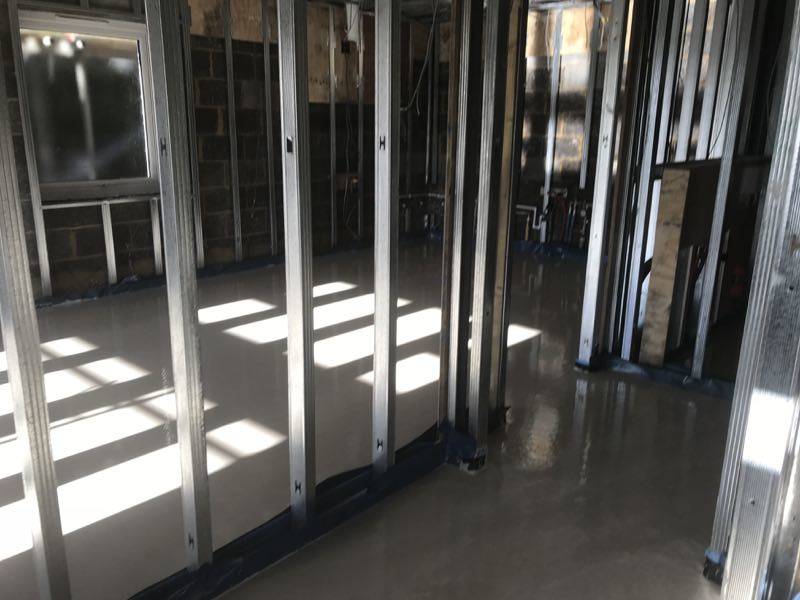More and more properties today are being built with underfloor heating. It is becoming standard specification for higher-end homes, but is gradually being used in less expensive homes as well, as it becomes evident that the cost of installing radiator systems and underfloor heating is about the same, but that underfloor heating has several advantages.
There is nothing new about underfloor heating. The Romans used to use it and there is evidence that it may go back as much as 7,000 years. In Roman times, they had channels in the floor of homes which were covered with stones, and which were heated by using strategically placed fires.

Technology has advanced somewhat since then, and today we have underfloor heating that consists of electric heating cables, or an electric heating mat, or alternatively heating pipes that contain water which is heated from a heat source.
At UK Screeds we are experts in the installation of water-based underfloor heating systems which are much more environmentally friendly than oil or gas boilers. Our heating systems can be powered by using an air-source heat pump or a ground source heat pump.
Both systems require electricity to power them, but the way that they work is that heat is extracted from the air or from the ground and heated further which then heats the water in the underfloor heating pipes. The total of the heat produced is far greater than the electricity that is used to power them.
Which type of heat pump you use will depend partly on the amount of ground you have available. If you only have a very small garden, you may not have enough room to install a ground-source heat pump, so you could use an air-source heat pump. These are mounted outside the walls of the home and are not really all that large, being about the same size as an air conditioning unit.
Whichever heat source you are using to heat the water in the heating pipes, those pipes will need to be covered using a screed upon which the final floor surface is going to be laid. The traditional type of screed is a sand and cement screed in Kent, or wherever your project is being built, but today a liquid gypsum screed has many advantages.
At UK Screeds, we are specialists in the installation of liquid gypsum screeds in conjunction with underfloor heating systems. One of the more obvious advantages of liquid gypsum screed is that it is so much faster to lay than sand and cement. A traditional screed is mixed on-site in a cement mixer and barrowed on to the substrate where it is laid by a man on hands and knees using a trowel to level it up as much as possible. As you might imagine, this is a very lengthy process.
On the other hand, our liquid screed is delivered to site ready mixed and poured into position using a pump and a long hose. Apart from any other consideration, this means that the screed will be of consistent mix throughout, compared with a sand and cement screed which won’t be. Certainly, it is possible now to get a pre-mixed liquid cement screed delivered to site, but the liquid gypsum screed still has advantages when it comes to heat transfer into the room.
Our liquid screed completely covers the heating pipes without leaving any voids. With a traditional sand and cement screed, there are bound to be pockets of air, and these interfere with the even transfer of heat.
Not only does our liquid screed completely cover the heating pipes, but it can also be laid much thinner than sand and cement. This also helps with heat transfer into the room.
Furthermore, the heat transfer properties of a liquid gypsum screed are almost twice those of sand and cement. So you have a thinner screed which has twice the thermal properties and has no air pockets, which all adds up to the fact that the room will heat faster, and less energy is required to get it to the desired temperature. Those energy savings translate into cost savings and will continue for the life of the building.







